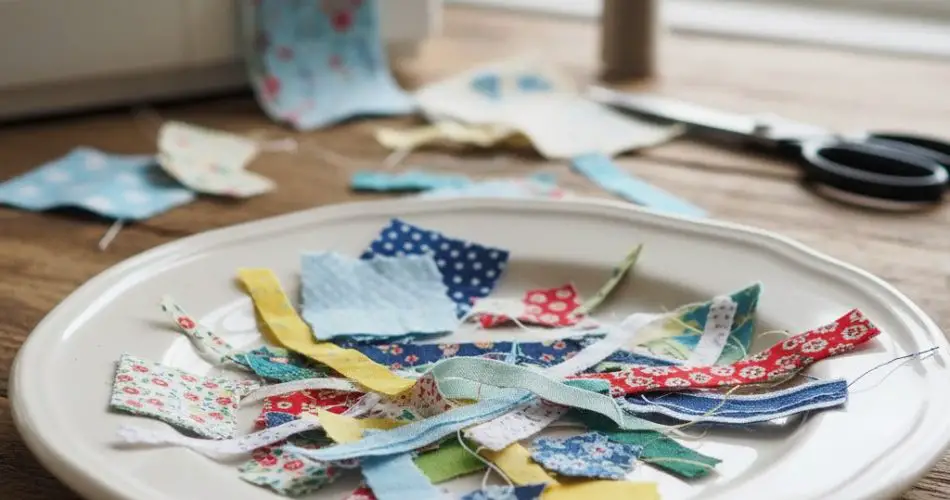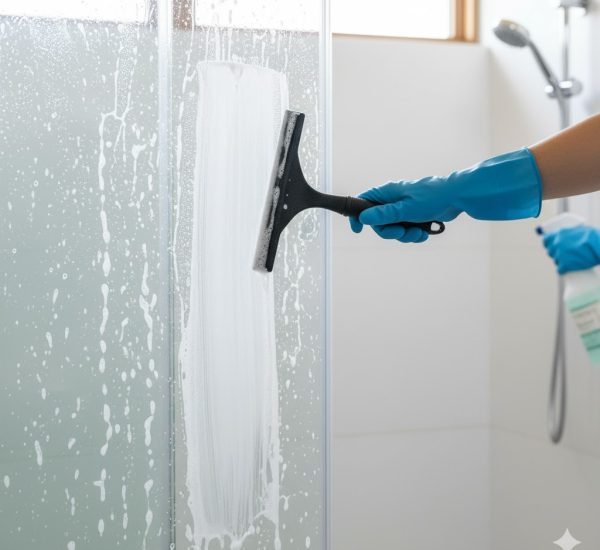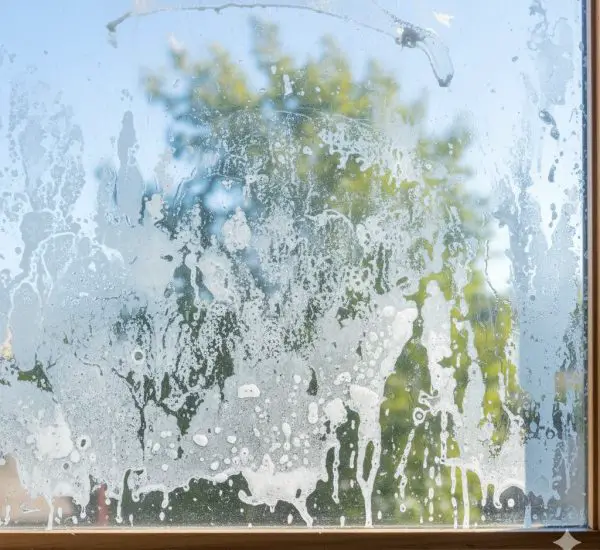When finishing a sewing project, leftover fabric is often overlooked. Most people instinctively throw these scraps away, thinking they’re too small or useless for any real purpose. However, with a little creativity and the right techniques, leftover fabric can be transformed into beautiful, functional items. Experienced seamstresses have a few tricks up their sleeves that make even the tiniest fabric pieces valuable. Let’s explore how to put your scraps to good use.
Turning Leftover Fabric into Unique Creations
Even if you don’t consider yourself an expert seamstress, there are countless ways to use fabric remnants. Sewing machines today come in all shapes and sizes and are highly versatile tools. They allow hobbyists and beginners alike to create a wide variety of items, from decorative accents to practical household objects.
Many people use leftover fabric to make ornaments or embellishments that bring a personal touch to their home. You might be surprised at what can be achieved with scraps that would otherwise be considered waste. With some planning and the right techniques, these small pieces of fabric can be turned into unique, eye-catching creations.
Planning Your Project
The first step in creating something from leftover fabric is deciding what you want to make. There are numerous templates and patterns available online, in books, and in magazines. Selecting a pattern helps ensure that your finished product looks polished and intentional, rather than improvised.
Once you’ve chosen a design, decide which fabrics to use. Cotton is an excellent choice for beginners because it’s soft, easy to handle, and works well for both decorative and practical purposes. After selecting the fabric, cut it to the appropriate size according to your pattern or template.
The Seamstress’ Trick for Perfect Shapes
One clever technique many seamstresses use is creating precise circular shapes with the help of a common kitchen item: a plate. Simply place a plate upside down on your fabric, hold it in place, and trace around it with tailor’s chalk. This method creates perfect circles that can then be turned into various decorative or functional pieces.
For example, you might combine two different fabrics—a solid color and a patterned one—to make a layered effect. Place the fabrics together, align the edges, and pin them with sewing pins to hold them in place. Then, sew the pieces together using your sewing machine. After sewing, trim away any excess fabric and make small snips around the outer edge of the seam to help the fabric lay flat when turned.
Assembling and Shaping the Fabric
Turning sewn fabric inside out can be tricky but is essential to hide seams and give your project a clean finish. Cut a small opening in one side, carefully turn the fabric right side out, and smooth out the edges. Using pins and a warm iron, press the edges to create crisp, even lines. This step is particularly effective when combining contrasting fabrics, as it enhances the visual appeal of your finished piece.
Once your fabric is neatly turned, you can begin shaping it. For instance, if you are making a decorative item like a fabric flower or ornament, fold the circle in half, mark points with chalk, and then fold it again to create four equal sections. Pin the points together in the center, adding small scraps of fabric inside to create volume. Once secured, press the folds flat with an iron. This technique can transform simple fabric scraps into a charming, flower-like design.
The result is a small “pouch” or “petal” structure that can serve as a unique trivet, coaster, or decorative ornament. By combining solid and patterned fabrics, you create a visually interesting piece with depth and texture.
Finishing Touches
To make your creation even more functional, attach a small loop of ribbon or thread. This allows you to hang it anywhere in your home or use it as a functional kitchen accessory. A little effort in finishing touches goes a long way in elevating a simple project into a beautiful handmade item.
Other Creative Uses for Fabric Scraps
The possibilities don’t stop at kitchen ornaments. Leftover fabric can also be used to make small toys, stuffed animals, or sensory items for children. Stiffer fabrics such as felt or wool are perfect for this purpose. Children love interacting with handmade toys, and the varied textures and colors of your fabric scraps can spark imagination and storytelling.
Fabric remnants can also be turned into practical household items, such as bookmarks, keychains, or small decorative pillows. Even tiny pieces can be sewn together in patchwork designs to create a larger item, like a quilt, cushion cover, or table mat. With a bit of creativity, no piece of fabric is too small to be useful.
Embracing a Sustainable Approach
Using leftover fabric is not just a creative opportunity—it’s also a sustainable practice. Rather than contributing to waste, you can repurpose scraps in ways that add beauty and functionality to your home. Even those with minimal sewing experience can benefit from experimenting with fabric remnants, exploring patterns, textures, and color combinations.
By embracing these techniques, you not only develop your crafting skills but also transform seemingly useless scraps into cherished items. Over time, you’ll likely accumulate a collection of small creations that brighten your home and serve practical purposes, all made from what would have been discarded material.
Final Thoughts
Leftover fabric is far more valuable than it might initially seem. With some planning, a few sewing techniques, and a little creativity, fabric scraps can be transformed into functional and decorative items that enhance your living space. From trivets and coasters to toys and ornaments, there is virtually no limit to what can be achieved.
So, the next time you have leftover fabric after a sewing project, resist the urge to throw it away. Instead, consider the potential hidden in every scrap. By following simple techniques used by professional seamstresses, you can create beautiful, unique, and practical items that bring joy and functionality into your home.



